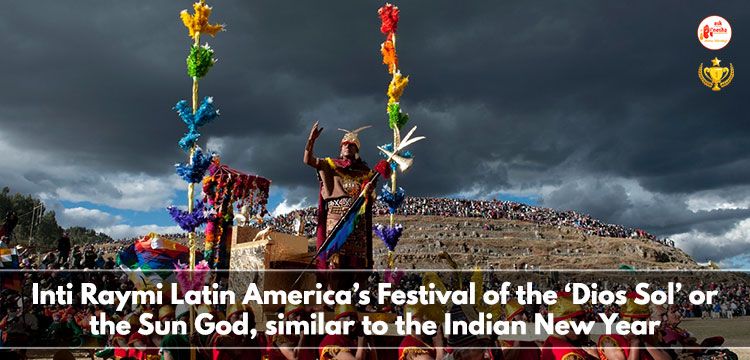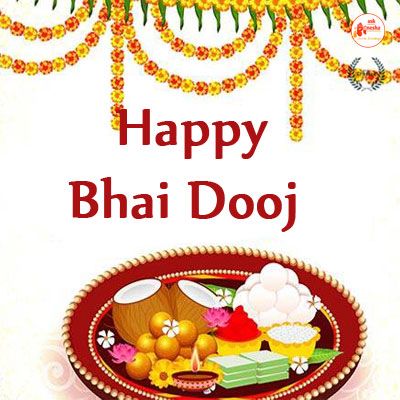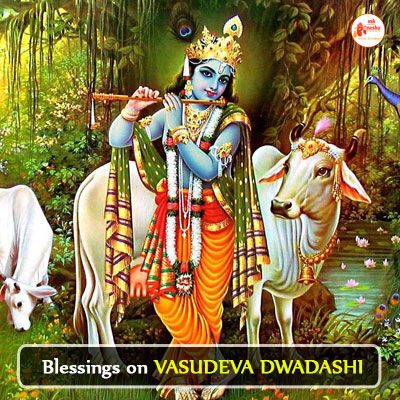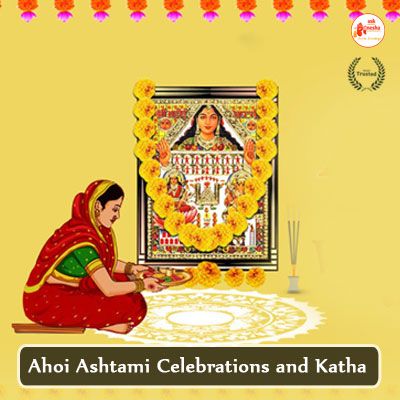It is a highly valued Inca New Year festival of the Inca Empire started by Sapa Inca Pachacuti in the year 1430 AC. Inti Raymi Sun Uttarayan is celebrated every year in the Andes of the Southern Hemisphere. Which is the longest continental mountain range along the western edge of South America. Celebrations mark the beginning of the winter solstice. It takes place on June 24, the day when the Sun is farthest north. This day has the least daylight and the longest night as the Sun travels the shortest path through the sky therefore it is the shortest day of the year.
Winter Solstice as per the astronomical definition
On this day in the Southern Hemisphere, the Sun’s vertical overhead rays progress towards the northernmost position, the Tropic of Cancer (23°27′ N). The South Pole is inclined around 23.4° at a distance from the Sun. The winter solstice marks the beginning of the season of winter from June 20 or 21, which lasts until the vernal equinox (September 22 or 23 in the Southern Hemisphere). And after the solstice, the days start to become
What is Inti Raymi?
An ancestral celebration in the honour of Dios Sol (Sun god), the purpose of the festival is to revalue the Inca legacy. Inti Raymi was banned by the Spanish colonists and their Catholic priests, after 1535 celebrations with the Inca Emperor. However, in 1944, the Inti Raymi celebration was recreated and because of the popularity gained, since then people continued celebrating every year. And on March 2 of 2001, the Inti Raymi was finally declared the Cultural Heritage of Peru. Besides Cusco in Peru, the Inti Raymi festival is also celebrated in places like Ecuador, Bolivia, Chile, northern Argentina and Colombia.
Purpose of Inti Raymi Sun Uttarayan
The night before the festival everybody gathers and waits for the Sun god Inti to appear between the mountains. And then next day at dawn on June 24th, they raise two golden cups filled with offerings. The left-hand cup offering is for the sun, while the right-hand cup is for the Sapa Inca. It is regarded as a time of Rebirth. As Inti Raymi coincides with the Harvest season and also with the end of the Andean agricultural cycle. Thus, it is a way to thank the Sun and ask it to come back to Mother Earth or ‘Panch Mama’ at the onset of Summer. It's a practice of gratitude for the great harvest and also to stimulate her for another strong agricultural cycle. This Gratitude is celebrated with music and dance, cultural show and animal sacrifice. In India Sankranti which is celebrated on April 14 is quite similar to June 24 the Inti Raymi celebrations.
Connection between Inti Raymi and Astrology
Sun plays an extremely important role in astrology. And the very fact that the Inca New year is celebrated when Sun is at the farthest point, reveals that they were great astrologers. Very much like Indian Astrology Incas also placed utmost importance on the celestial bodies.
- Their religion was linked to Astronomy and they used to worship various Gods, such as Viracocha (the creator), Inti (the sun), and Chuqui Illa, (the God of Thunder).
- The Moon and Sun were considered God.
- They also worshipped Huacas, which means spirits that inhabited any remarkable God’s creation, like large boulders, trees, streams or waterfalls.
- They too believed that everything in and around the world was interconnected.
- Surprisingly they were the only culture in the world to define constellations of both light and darkness.
- Also had assigned a purpose to each identified constellation and star.
The Winter solstice in India
As India is part of the northern hemisphere, the winter solstice falls on December 21, the shortest day of the year. Because the days will start getting longer and brighter after this day, it symbolises trust, hope and optimism. This is the reason it is also looked at as the rebirth of life in all forms. Any celestial body movement always creates an Astrological influence on Human life. Thus, the winter solstice marks the Northern movement of the Sun and its transit in the Capricorn Zodiac sign. According to Vedic Astrology, this motion of the Sun, going from south to north is called Uttarayana. Whereas when it reaches north and starts moving south that is called Dakshinayana. This drives seasons which are dependent on equinoxes and solstices.
Uttarayana
The Uttaryaa is a Sanskrit word in which "Uttara" means North and "Ayana" means movement. This movement begins a day after the winter solstice in December, around December 22 and continues for the next six-month period till around June 21. There is a misconception attached to Makar Sankranti and Uttarayana that they coincide. But Makar Sankranti doesn't fall on Uttarayana day. Since every year sidereal and tropical equinoxes slide by 50 seconds due to axial precession. In 272 AD Makar Sankranti overlapped on Dec 21 with Winter Solstice or Uttarayana day. However, because of 50 seconds slide every year by 1000 AD, the Makar Sankranti date shifted to Dec 31 and now it falls on January 14. And as per astrological calculation after 9000 years, Makar Sankranti will be in June.
Uttarayana is cited as the day of an auspicious time for a new healthy fulfiling beginning. According to the Bhagavad Gita people who die when the Sun is moving towards the north attain Moksha. This is the reason Bheeshma Pitamaha chose to leave his heavenly abode during this time period. Gautama also attained Moksha this time on the third full moon day. Likewise, many Rishis or Sages chose this day to end their existing physical journey and start a new Journey. Inti Raymi or worshipping Sun God on Winter Solstice day or Uttarayana has historical and astrological significance in India as well. Thus, Sun has a significant role not just in nurturing life but also in building new journeys, spirituality, self-esteem, soul and pride. If you want to know how powerful is Sun’s position in your horoscope you can consult Askganesha's expert astrologer. They can guide you to understand the relevance of Surya Puja based on your Kundali.
























 Translate
Translate